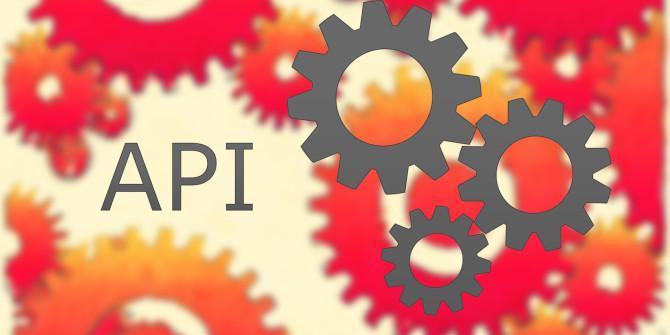In the last few years, we’ve seen API design teams move away from the old SOAP web services to REST. There are thousands of different services now using REST and only a few hundred are using SOAP. This is mainly because REST is far simpler to use and implement. However, just because something is popular and relatively easy to implement, it doesn’t mean that people are able to incorporate it seamlessly all the time.
An Introduction to REST API Design
Now, REST APIs are implemented with HTTP, which adopts the standard web-architecture principles that have many pros of the already-existing technology. Building a REST API doesn’t require you to use any specific software – you can actually run it on any already-available, open, and free technology.
This gives your REST API the ability to link any resource available with another on the Internet. With the use of Internet media types, a REST API is able to have a number of different representations, like XML and JSON, for instance, and serve a number of your clients’ needs.
While people think that they can simply learn the principles, find a useful REST API documentation tool, and be on their way to build a REST API of their own, they are mistaken. You can easily break the principles without even knowing it and come up with a faulty product on your hands.
In order to help you build a true REST API, here are a couple of mistakes people often make that you should be aware of…
Trying to Tunnel Everything through GET
When it comes to REST API, the mistake people most often make is using the GET method for code-writing while their URIs are not able to identify a clear resource. Instead, their URIs only recognizes some random operations they would like to perform on the said resource. However, GET is designed to be completely safe to use. That means, no matter how many times you call it on the same resource, it should always give you the same response.
Not Paying Attention to Response Codes
The HTTP method has a huge set of app-level responses that can be used to describe multiple responses of the calls your API makes. So if your API returns only OK or Internal Server Errors with the message encoded in the body of the response, your apps reusability, coupling, and interoperation will be next to impossible to achieve ion the ever-changing environments.
Not Knowing the MIME Types
Lastly, if the resources that are returned by your API calls have only one representation, you definitely won’t be able to serve a good number of users, which will be able to understand the representation completely. If you want to increase the number of people that will use your product, you need to use the content negotiation of the HTTP protocol. This will enable you to specify media types, like YAML, XML, and JSON, all of which will increase the chances of new clients being able to use your API.
Final Thoughts
As you’ve seen, REST-style of API design perfectly conforms to the modern web architecture and if you manage to properly implement it, you’ll be able to take full advantage of the web infrastructure we have. Try to avoid the mistakes we listed above, and you’ll be able to design a real REST API and see the success you’ve always dreamed of.
We hope you enjoyed our article and that you found it helpful. As always, if you have any questions, feel free to leave a comment in the section below and we’ll get right back at you.

